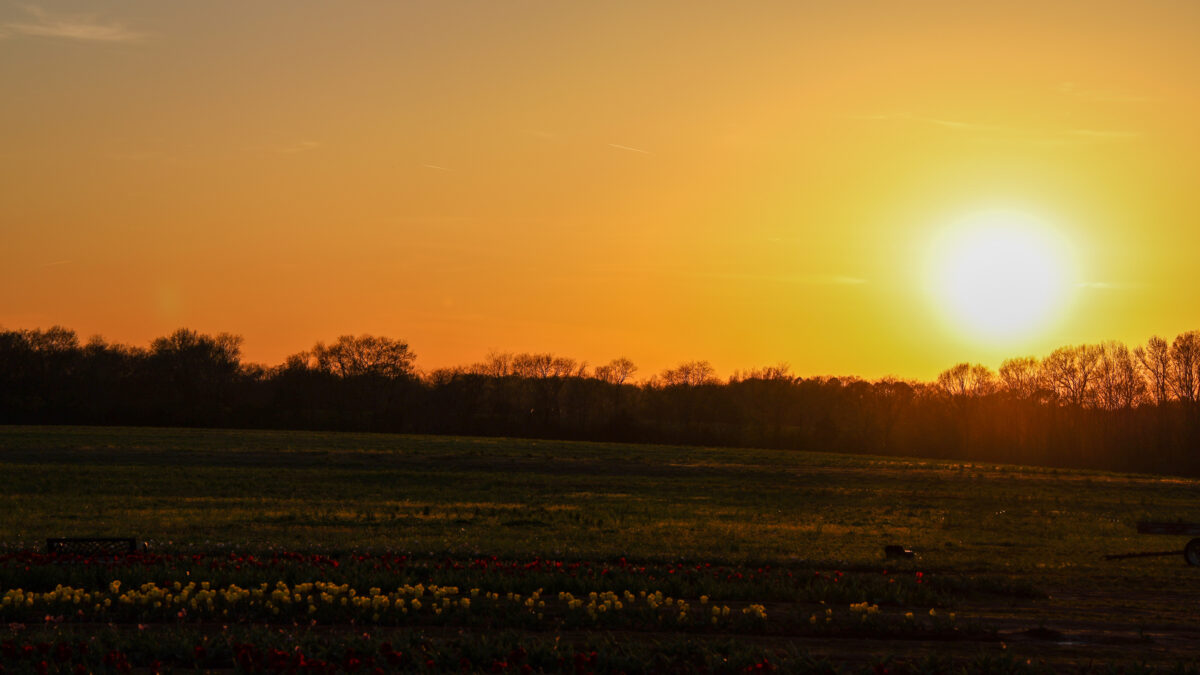Grizzly Bears Are Not Always Good Neighbors
TOPICS
Endangered SpeciesGuest Author
Special Contributor to FB.org

photo credit: Alabama Farmers Federation, Used with Permission
Guest Author
Special Contributor to FB.org
By Cyndi Johnson
I farm grain in Montana on the Rocky Mountain Front. Sixty miles to the west are mountains with gorgeous rolling hills, but the rest of our landscape is flat—not exactly prime grizzly bear habitat. However, someone forgot to tell the bears.
The Endangered Species Act lists the grizzly bear as threatened in the Mountain Prairie region of the American West, except for right around Yellowstone Park. The federal government controls the management of this bear although the original intent of the ESA was to include state and local governments, as well as farmers and ranchers, in the decision-making.
Bears have been spotted as far as 300 miles from the front in Central Montana–tipping over bee hives and ripping doors off full grain bins.
The first human-bear interaction in my county that caused significant concern was on a weekend two years ago when a sow (mother) grizzly was teaching her two yearling cubs to hunt. The mother bear took her cubs to what she must have thought was her private hunting preserve. In fact, it was my best friend’s sheep ranch. The bears killed and mutilated 75 ewes, rams and lambs in two nights’ “hunting” and they didn’t eat a single one. This was just one more incident that proves ag pays where bears stay.
Early in June this year, one local business had to close in order to “manage” a grizzly that wandered into town, putting both human and bear lives in danger.
Bears have been spotted as far as 300 miles from the front in Central Montana–tipping over bee hives and ripping doors off of full grain bins. I have full grain bins, and that concerns me.
Grizzly bears have been within a few miles of me and my home. The standard response to these problem bears is usually relocation, if the bear survives the encounter. Unfortunately, that doesn’t always result in a bear that stays put in his or her new home as they will wander hundreds of miles back to the scene of the crime.
Reform of the ESA is finally being discussed by government officials in Washington. Proposals have been made to re-evaluate the original legislation and improve the rules that rob states and communities of the ability to address the local threats presented by the bears.
The ESA also contains unfunded mandates for which local and state communities shoulder the cost. It says actions designed to protect a species take precedence over infrastructure and development. For example, to repair a road, special (and costly) barriers must be erected to prevent bears and other wildlife from entering construction zones. This includes the cost of designing and building avenues for wildlife to cross or fences with dirt fill on both sides so critters don’t have to jump or crawl under.
Some of the mandates also strike at the individual level. My goat-raising neighbor is being required, at her own expense, to add tall electric fencing to prevent bears from eating her goats and their food. Again, ag pays when the bears stay.
Even with all these rules, the ESA has only been three percent successful in recovering listed species. Imagine if only three percent of your beef or milk was acceptable for market or only three percent of your students could pass your class. Amending this act is necessary.
Let’s bring every stakeholder back to the table to take care of the problems with the ESA.
Solutions should include incentives, rather than relying solely on unfunded mandates and penalties. These solutions could include pilot projects to reduce human-bear encounters, like the one in Valier, Montana, where a driver is paid to picked up livestock carcasses and move them to a landfill, thus cutting down the prospects of unwanted bear visitations.
The ESA also needs to provide resources to encourage better livestock safety, animal feed storage and grain storage in remote areas if we are to continue having this increase and mobility in the bear population.
Human life and safety are important. Bear life and safety are important. Let’s tell Congress to continue the hard work of updating the Endangered Species Act. Let’s help our grizzly bears become better neighbors.
Cyndi Johnson is a grain farmer and vice president of the Montana Farm Bureau Federation.
Trending Topics
VIEW ALL